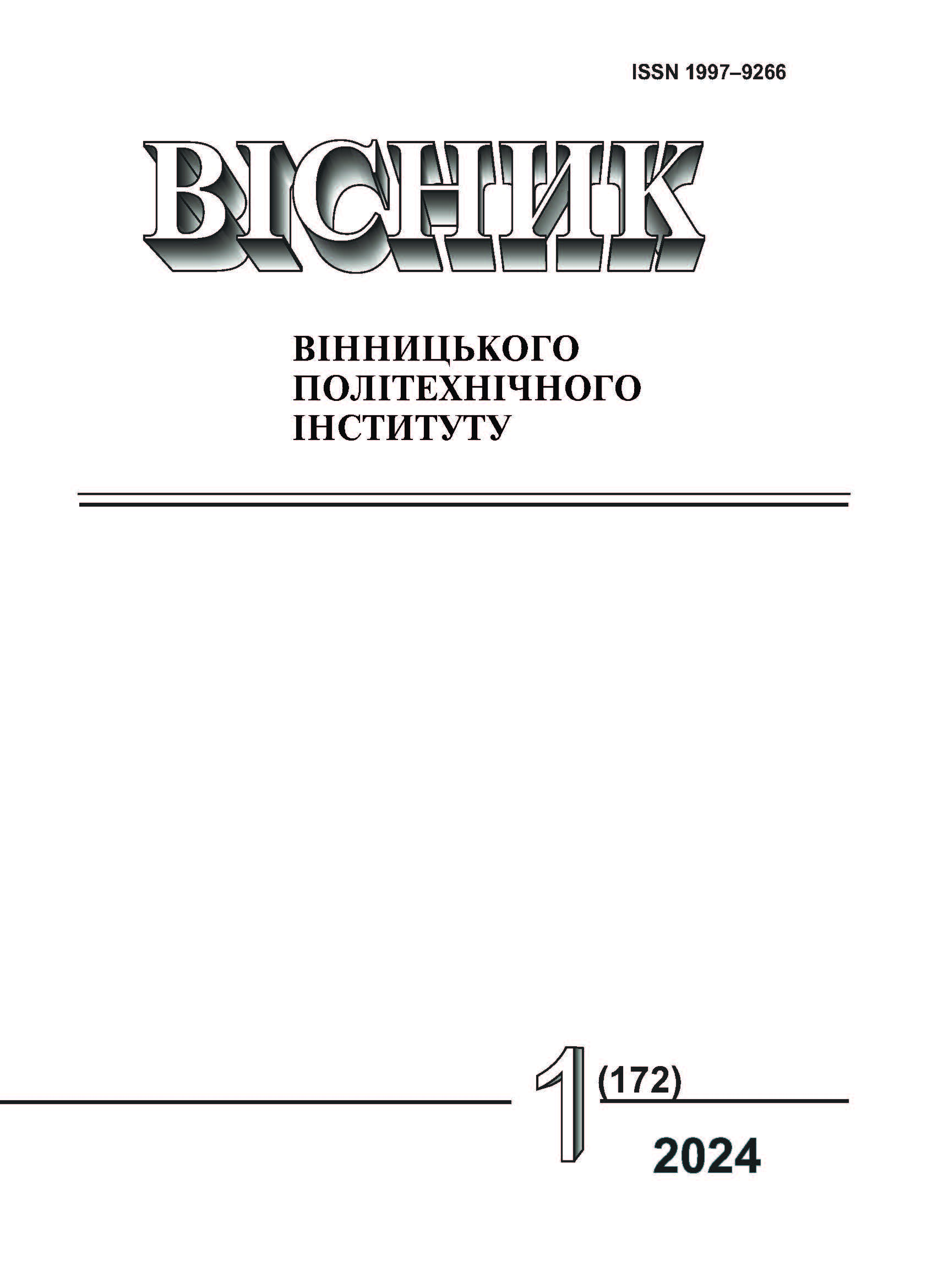Security Methodology of Neural Network-Based Information Technologies for Detection of Deepfake-Modifications of Biometric Image
DOI:
https://doi.org/10.31649/1997-9266-2024-172-1-74-80Keywords:
intellectualization, cyber security,, biometric image, deepfake, information technology, neural networks, detection system, basic approach, security methodology, comprehensive security systemAbstract
One of the functional vectors of the Cybersecurity Strategy of Ukraine is the development and implementation of protection systems for various information platforms in society's infrastructure, particularly focusing on creating safe technologies to detect deepfake-modifications of biometric images, based on neural networks in cyberspace. This paper presents the security principles of neural network information technologies (IT) within the context of deepfake-modifications. It delineates a basic approach for safely detecting deepfake-modifications in biometric images and outlines a security methodology for multi-level neural network IT systems, organized according to the "object – threat – protection" concept. The basic approach integrates information neural network technology with decision support IT, structured by a modular architecture for detecting deepfake modifications. This architecture operates across the stages of "pre-processing of feature data – classifier training." The core of the IT security methodology emphasizes the integrity of neural network systems for detecting deepfake-modifications in biometric images, coupled with data analysis systems that execute the information process of "dividing video files into frames – detecting and processing features – evaluating the accuracy of image classifiers. The security methodology for multi-level neural network IT relies on systemic and synergistic approaches to construct a comprehensive IT security system. This system accounts for the possibility of emergent threats and incorporates cutting-edge countermeasure technologies at both hardware and software levels. The proposed comprehensive security system for detecting deepfake-modifications in biometric images encompasses hardware and software tools across several segments: automated classifier accuracy assessment, real-time deepfake-modification detection, sequential image processing, and classification accuracy evaluation utilizing cloud computing.
References
H. Lasi, P. Fettke, H.G. Kemper, T. Feld, and M. Hoffmann, “Industry 4.0,” Business & Information Systems Engineering, no. 6, pp. 239-242, 2014. https://doi.org/10.1007/s12599-014-0334-4 .
Стратегія кібербезпеки України (2021—2025 року). [Електронний ресурс]. Режим доступу: https://www.rnbo.gov.ua/files/2021/STRATEGIYA%20KYBERBEZPEKI/proekt%20strategii_kyberbezpeki_Ukr.pdeepfake .
Directorate-General for Communications Networks. Content and Technology, Cyber resilience act: new EU cybersecurity rules ensure more secure hardware and software products, European Commission, 2022. Available: https://data.europa.eu/doi/10.2759/543836 .
Y. Shtefaniuk, and I. Opirskyy, “Comparative Analysis of the Efficiency of Modern Fake Detection Algorithms in Scope of Information Warfare,” in 2021 11th IEEE International Conference on Intelligent Data Acquisition and Advanced Computing Systems: Technology and Applications (IDAACS), pp. 207-211, 2021. https://doi.org/10.1109/IDAACS53288.2021.9660924.1 .
Ю. Я. Бобало, В. Б. Дудикевич, і Г. В. Микитин. Стратегічна безпека системи «об’єкт – інформаційна технологія». Львів, Україна: вид-во НУ «Львівська політехніка», 2020.
M. Choraś, M. Pawlicki, D. Puchalski, and R. Kozik, “Machine Learning – The Results Are Not the only Thing that Matters! What About Security, Explainability and Fairness?” in Lecture Notes in Computer Science, vol. 12140. Springer, Cham. https://doi.org/10.1007/978-3-030-50423-6_46 .
N. Papernot, P. McDaniel, A. Sinha, and M. P. Wellman, “SoK: Security and Privacy in Machine Learning,” in 2018 IEEE European Symposium on Security and Privacy (EuroS&P), London, UK, 2018, pp. 399-414. https://doi.org/10.1109/EuroSP.2018.00035 .
H. Bae, J. Jang, D. Jung, H. Jang, H. Ha, and S. Yoon. “Security and Privacy Issues in Deep Learning,” 2018 ArXiv, abs/1807.11655.
Q. Xu, M. Tanvir Arafin, and G. Qu, “Security of Neural Networks from Hardware Perspective: A Survey and Beyond,” in 2021 26th Asia and South Pacific Design Automation Conference (ASP-DAC), Tokyo, Japan, 2021, pp. 449-454.
X. Cao, and N. Z. Gong. “Understanding the Security of Deepfake Detection,” in: Digital Forensics and Cyber Crime. ICDF2C 2021. Lecture Notes of the Institute for Computer Sciences, Social Informatics and Telecommunications Engineering, vol. 441. Springer, Cham, 2022.
В. Б. Дудикевич, Г. В. Микитин, і Х. С. Руда, «Застосування глибокого навчання для виявлення deepfake-модифікацій біометричного зображення,” Сучасна спеціальна техніка, № 1, c. 13-22, 2022.
W. J. Youden, “Index for rating diagnostic tests,” Cancer, no. 3, pp. 32-35, 1950. https://doi.org/ 10.1002/1097-0142(1950)3:1<32::aid-cncr2820030106>3.0.co;2-3. PMID 15405679.
E. Altuncu, V. Franqueira, and L. Shujun, Deepfake: Definitions, Performance Metrics and Standards, Datasets and Benchmarks, and a Meta-Review, 2022. 10.48550/arXiv.2208.10913 .
C2PA. 2020. Coalition for Content Provenance and Authenticity. [Electronic resource]. Available: https://c2pa.org/
Downloads
-
PDF (Українська)
Downloads: 38
Published
How to Cite
Issue
Section
License

This work is licensed under a Creative Commons Attribution 4.0 International License.
Authors who publish with this journal agree to the following terms:
- Authors retain copyright and grant the journal right of first publication.
- Authors are able to enter into separate, additional contractual arrangements for the non-exclusive distribution of the journal's published version of the work (e.g., post it to an institutional repository or publish it in a book), with an acknowledgment of its initial publication in this journal.
- Authors are permitted and encouraged to post their work online (e.g., in institutional repositories or on their website) prior to and during the submission process, as it can lead to productive exchanges, as well as earlier and greater citation of published work (See The Effect of Open Access).





